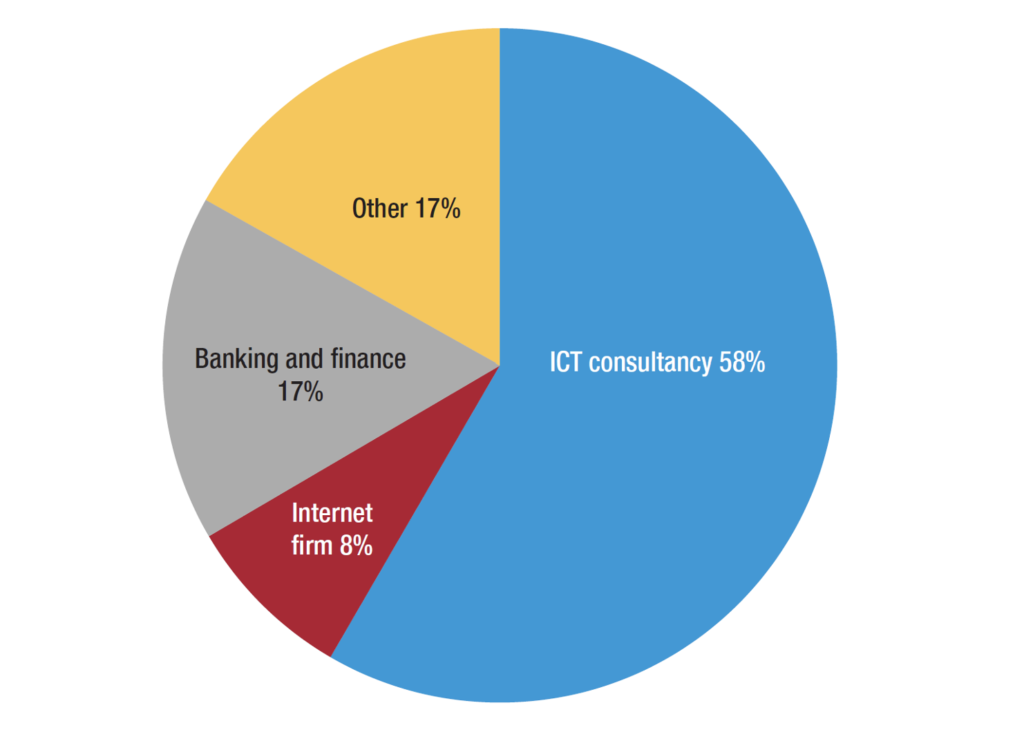Data Center Energy Demand: What Got Us Here Won’t Get Us There
Given environmentalism’s rising tide and increasing energy prices and IT workloads, architects must determine whether they can continue designing systems without considering energy and power efficiency.
The Evolving Landscape of IT and Data Growth
This section introduces the shift into a new era of IT marked by the exponential growth of connected devices, driven by factors such as affordable storage, mobile devices, the Internet of Things, social media, and smart cities. With most applications now cloud-based, datacenters face increasing demand, leading to concerns about their environmental impact and energy consumption, especially in light of their contribution to greenhouse gas emissions.
Challenges and Concerns in Datacenter Energy Efficiency
Addressing the challenges posed by datacenter energy consumption, this section outlines the significant energy demands of datacenters and the corresponding environmental impact. It emphasizes the importance of power density and energy efficiency, particularly for datacenter providers in or near urban areas with limited grid power. The section explores ongoing research in cooling technologies, energy-efficient servers, and building designs, while highlighting the slower recognition within the software architecture community regarding its role in achieving energy efficiency.
Barriers to Prioritizing Energy Efficiency in Software Architecture
Focusing on software architecture’s role in energy efficiency, this section delves into the reasons why architects may not prioritize this aspect. It outlines the lack of understanding regarding the impact of design decisions on energy efficiency, the need for cross-disciplinary collaboration, and the challenges posed by organizational structures and technology limitations. The section also highlights end users’ low prioritization of energy efficiency, accentuated by the absence of benchmarks, metrics, and reliable data. A survey of experienced architects underscores the anticipated future challenges and the current lack of tools to effectively address energy efficiency at the architectural level

